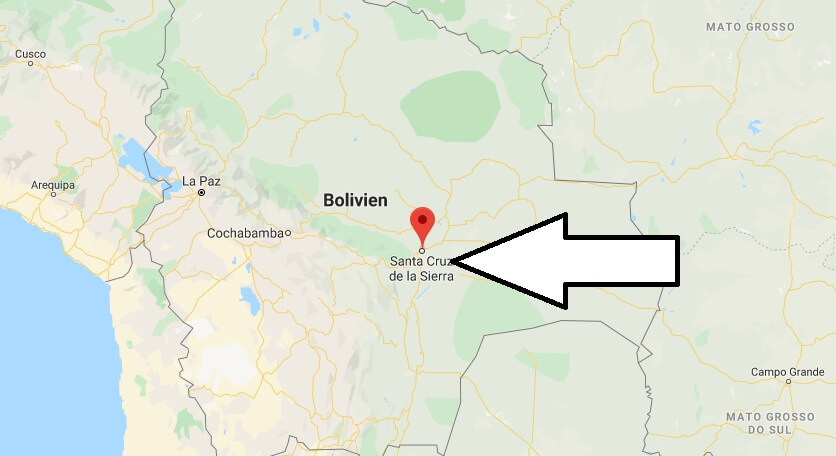

Urban Population: Population living in areas classified as urban according to the criteria used by each country.Ĭountry's Share of World Pop: Total population in the country as a percentage of total World Population as of July 1 of the year indicated. Urban Pop % : Urban population as a percentage of total population. It is calculated as the average number of children an average woman will have during her reproductive period (15 to 49 years old) based on the current fertility rates of every age group in the country, and assuming she is not subject to mortality.ĭensity (P/Km²): (Population Density) Population per square Kilometer (Km²). This parameter provides an indication of age distribution.įertility Rate: (Total Fertility Rate, or TFR), it is expressed as children per woman. Median Age: age that divides the population into two numerically equal groups: half of the people are older than the median age indicated and half are younger. A negative number means that there are more emigrants than immigrants. Migrants (net): The average annual number of immigrants minus the number of emigrants over the preceding five year period (running from July 1 to June 30 of the initial and final years), or subsequent five year period (for 2016 data). For all other years: average annual numerical change over the preceding five year period. Yearly Change: For 2019: absolute change in total population (increase or decrease in number of people) over the last year (from Jto June 30 2019). For all other years: latest year annual percentage change equivalent assuming homogeneous change in the preceding five year period, calculated through reverse compounding. Yearly % Change: For 2019: percentage change in total population over the last year (from Jto June 30 2019). World Population Prospects: The 2019 Revision. Population: Overall total population (both sexes and all ages) in the country as of July 1 of the year indicated, as estimated by the United Nations, Department of Economic and Social Affairs, Population Division. Year: as of July 1 of the year indicated. This value can differ from the Yearly % Change shown in the historical table, which shows the last year equivalent percentage change assuming homogeneous change in the preceding five year period. The Yearly Population Growth Rate chart plots the annual percentage changes in population registered on July 1 of each year, from 1951 to 2019. The Population of Bolivia (1950 - 2019) chart plots the total population count as of July 1 of each year, from 1950 to 2019.

The Bolivia Population (Live) counter shows a continuously updated estimate of the current population of the Plurinational State of Bolivia delivered by Worldometer's RTS algorithm, which processes data collected from the United Nations Population Division.


 0 kommentar(er)
0 kommentar(er)
